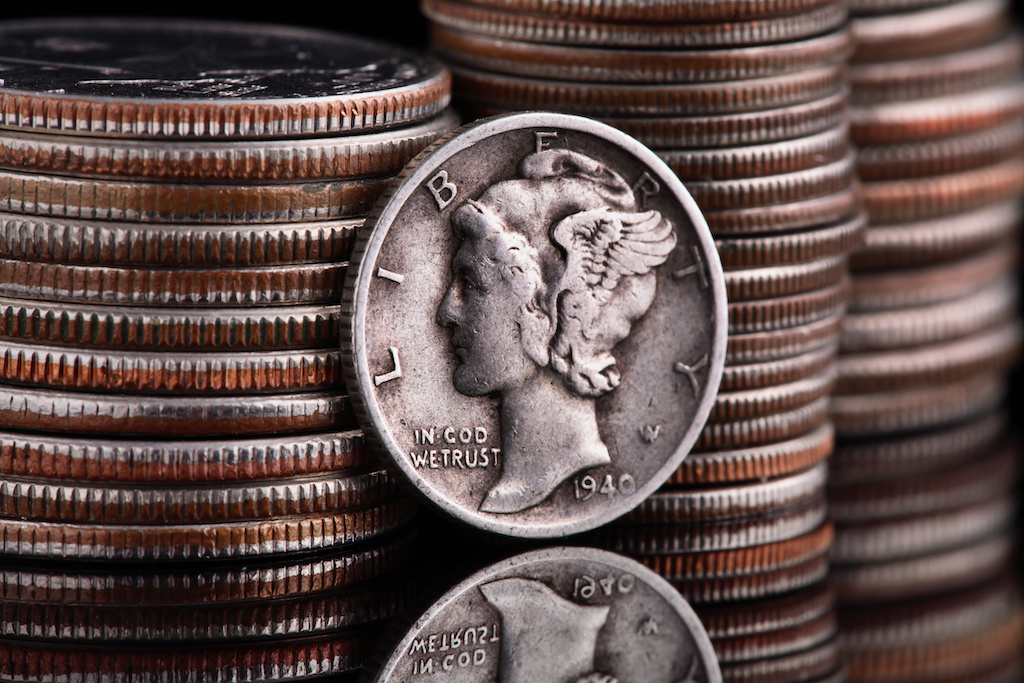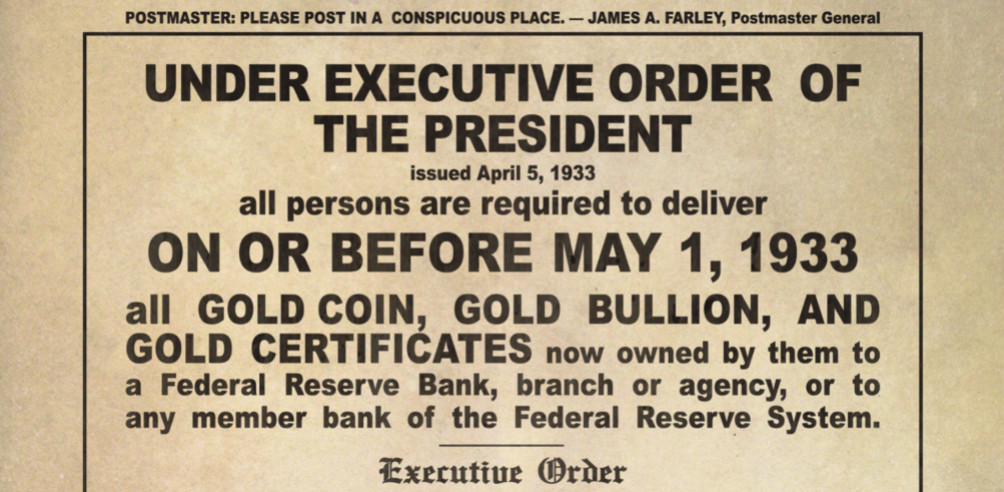The Basics of Coin Collecting
Coin collecting has evolved beyond merely acquiring coins for their monetary value. Many collectors now focus on various aspects, including historical significance, artistic appeal, rarity, and cultural context, with some collectors specializing in specific periods, rulers, or coin types.
With advancements in communication and technology, coin collecting has become more accessible to a global audience. The internet allows collectors to connect, research, sell and buy gold coins from around the world. Online auction platforms and forums have expanded the reach of numismatics.







